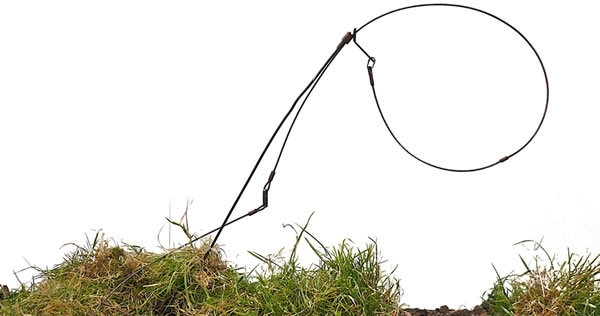
Dear sir
Adele Waters (‘What are your shared values?, October 21st 2017) reports that, at a recent British Veterinary Zoological Society conference, veterinary professionals talked of their concerns about declines in wildlife and the culling, trapping, poisoning or shooting of animals ‘unnecessarily’.
Wildlife management is often complex and sometimes involves lethal control of wild animals. This can range from killing rats to prevent spoilage of food grown for human consumption to the control of foxes to protect the nests of threatened species like lapwing and curlew or to protect livestock and game.
In all cases of necessary lethal pest and predation control, the most appropriate, practical, efficient and humane methods should always be used.
Control strategies, based on good science (a thorough understanding of the problem and the best way to deal with it), practical experience and training alongside dialogue between the veterinary profession and professional wildlife managers and scientists will ensure the highest standards of animal welfare alongside flourishing wildlife.
Dr Roger Draycott
Head of Advisory Services
Game & Wildlife Conservation Trust